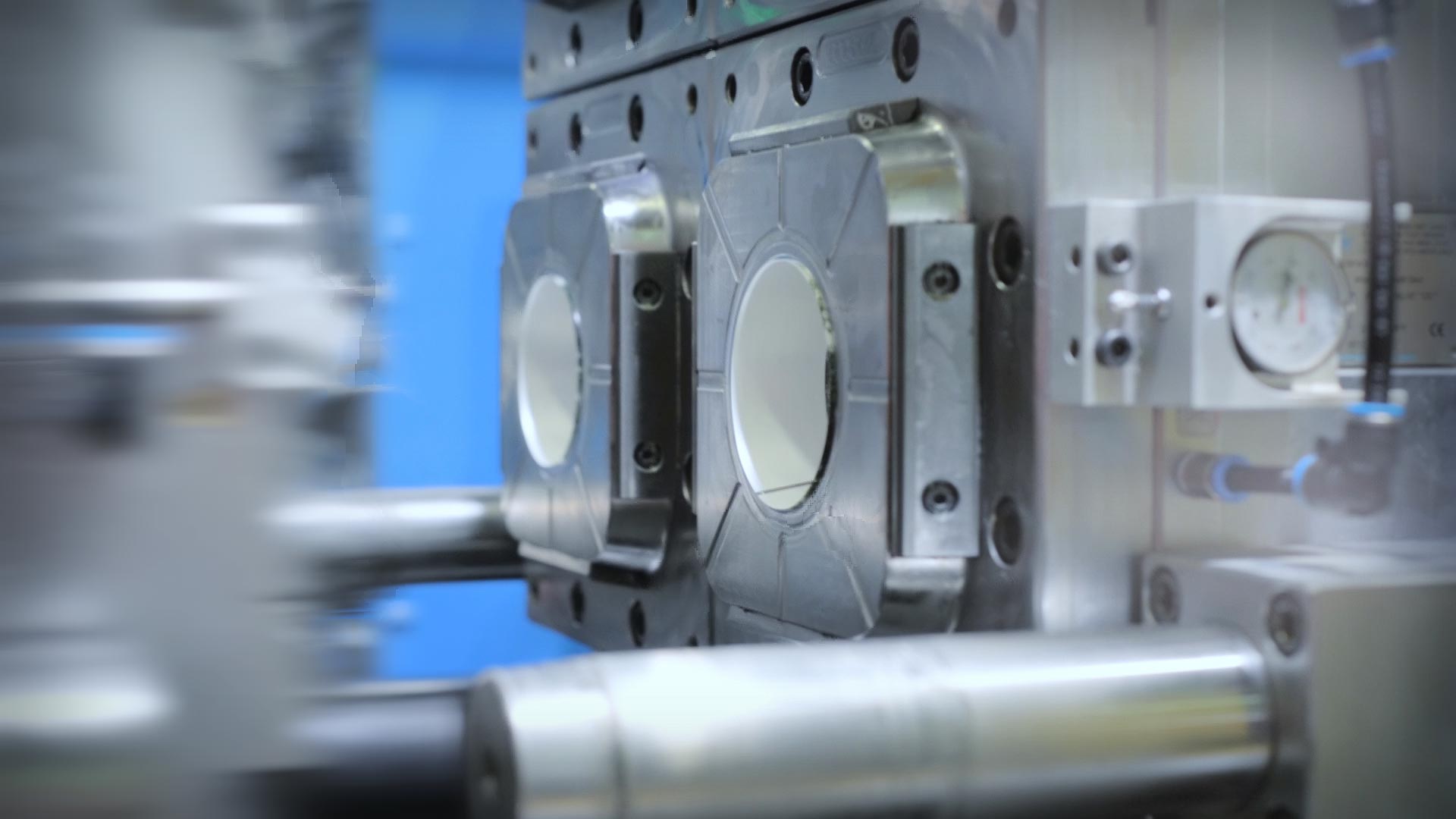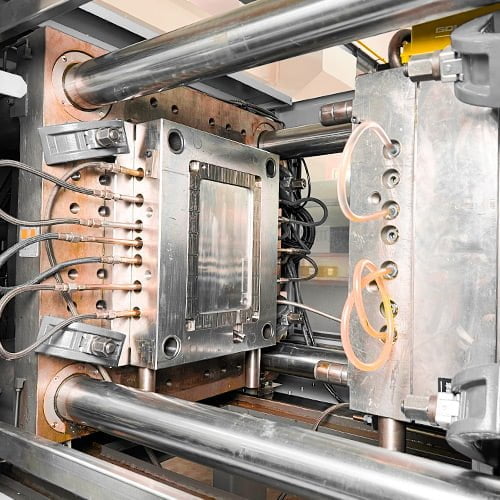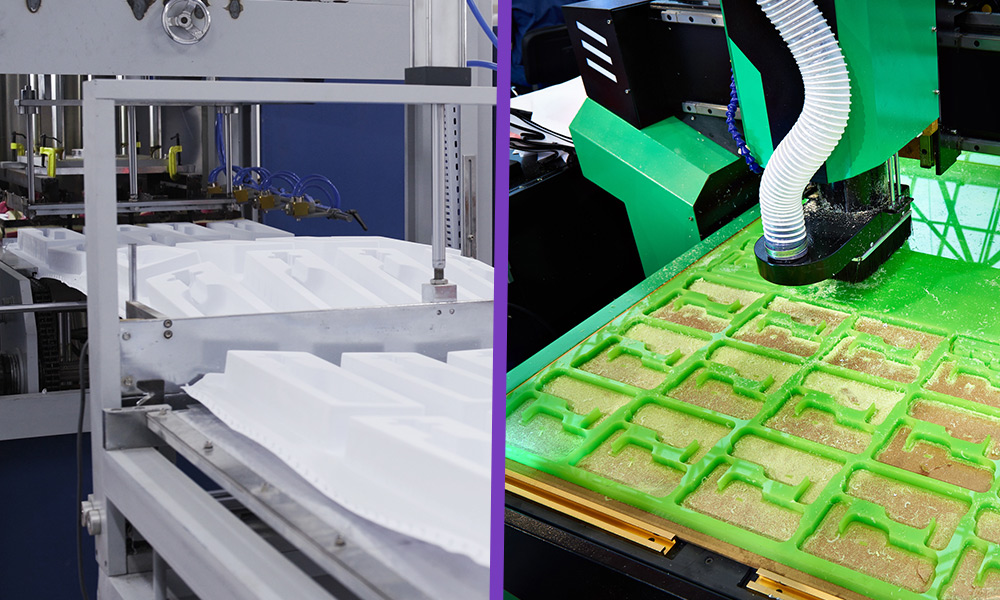How Plastic Injection Molding Drives Efficiency in Automation
How Plastic Injection Molding Drives Efficiency in Automation
Blog Article
Comprehending the Basics of Plastic Shot Molding Procedures
Plastic shot molding offers as a cornerstone of modern production, providing a methodical method to producing complex components with accuracy. Discovering these essential elements might expose exactly how even minor modifications can lead to significant enhancements in production outcomes, elevating inquiries regarding the capacity for innovation in this well-known procedure.
What Is Plastic Injection Molding?
Plastic shot molding is a widely made use of manufacturing procedure that transforms polycarbonate and thermosetting materials right into exact and complex forms. This method is preferred for its capacity to produce high quantities of identical components with outstanding accuracy, making it a crucial technique in numerous markets, consisting of automotive, durable goods, and medical gadgets.
The procedure entails thawing the picked plastic material and injecting it right into a mold under high stress. The mold and mildew, designed to the specifications of the wanted component, permits the liquified plastic to materialize as it solidifies and cools down. As soon as the material has hardened, the mold is opened up, and the ended up element is expelled.
Plastic injection molding provides a number of benefits, including minimized waste, uniformity in production, and the ability to include intricate styles that may be testing with various other manufacturing methods. Furthermore, it sustains a wide series of products, each offering special buildings that can be tailored for details applications. As sectors remain to introduce, plastic shot molding stays at the leading edge, enabling the development of sophisticated products that meet developing consumer demands.
The Shot Molding Process
The injection molding process is an advanced strategy that entails several key phases to produce top quality plastic components. Initially, plastic pellets are fed right into a warmed barrel where they are thawed into a viscous fluid. This molten plastic is then injected under high pressure into a precision-engineered mold, which forms the material into the desired form.
Once the mold and mildew is filled up, the plastic is allowed to cool down and strengthen, taking the form of the mold dental caries. Air conditioning time is critical, as it affects the cycle time and the last buildings of the molded part. After enough air conditioning, the mold and mildew opens up, and the finished component is expelled utilizing ejector pins.

Products Made Use Of in Shot Molding
Numerous products can be utilized in the injection molding process, each offering distinct homes that provide to particular applications. One of the most typically used products include thermoplastics, thermosetting plastics, and elastomers.

Thermosetting plastics, like epoxy and phenolic materials, undertake a chemical modification throughout the curing procedure, leading to an inflexible, stringent structure. These materials are perfect for applications requiring high warm resistance and architectural honesty, often used in automobile parts and electric insulators.
Elastomers, consisting of silicone and rubber-based products, provide adaptability and resilience. Their special residential properties make them suitable for applications that demand elasticity, such as gaskets and seals.
Additionally, specialty products like bio-based plastics and compounds are obtaining grip for their environmental benefits and improved efficiency characteristics, widening the extent of injection molding applications in various markets. Recognizing the residential or commercial properties of these materials is critical for selecting the suitable type for details projects.
Advantages of Injection Molding
Injection molding sticks out as an extremely effective manufacturing process that uses various advantages for producing complex parts with precision. Among one of the most substantial advantages is the capability to develop complex styles that would certainly be challenging or impossible to accomplish with other methods (Plastic Injection Molding). The process permits for comprehensive functions and tight tolerances, making sure high-grade elements
In addition, shot molding is recognized for its fast production abilities, making it a suitable option for high-volume manufacturing. Once the mold and mildew is developed, components can be produced rapidly, lowering lead times and enhancing total performance. This efficiency not just my company decreases production prices however also supplies an affordable side in the marketplace.
The convenience of products utilized in injection molding additionally enhances its appeal. A variety of thermoplastics and thermosetting polymers can be employed, permitting manufacturers to pick products that finest satisfy their particular needs, including warmth, strength, and versatility resistance.
In addition, the process lessens waste, as excess material can frequently be reused and reused. This sustainability element adds to a lowered environmental effect, making shot molding a responsible manufacturing option. Generally, the advantages of injection molding make it a preferred technique for several sectors.
Variables Impacting Item High Quality
While countless factors can influence item top quality in shot molding, understanding these aspects is vital for achieving ideal results. Key aspects include material choice, processing criteria, and mold and mildew design.
Product choice plays an essential role, as different polymers exhibit one-of-a-kind properties that affect flowability, strength, and thermal stability. Poor material choice can result in problems such as warping or incomplete dental filling.
Handling criteria, consisting of cycle, temperature level, and pressure time, must be carefully controlled. Variants in these setups can lead to variances in component dimensions and surface coating. As an example, excessively high temperature levels might trigger destruction of the polymer, while poor pressure can cause short shots.
Mold and mildew design is just as vital, as it establishes the circulation of the molten plastic and the cooling process. Poorly made mold and mildews may bring about unequal cooling prices, leading to residual stresses and dimensional mistakes.

Final Thought
To conclude, plastic injection molding acts visit homepage as a vital production procedure that enables the effective production of premium elements. Mastery of the shot molding process, consisting of the understanding of products and the impact of various aspects on item top quality, is vital for accomplishing ideal results. The advantages of this approach, such as cost-effectiveness and design adaptability, further highlight its significance throughout several sectors, strengthening its condition as a preferred option for high-volume manufacturing.
Plastic injection molding offers as a keystone of modern manufacturing, providing a methodical method to generating complex parts with precision.Plastic injection molding supplies several benefits, consisting of minimized waste, uniformity in manufacturing, and the capability to integrate elaborate designs that might be challenging with various other making techniques (Plastic Injection Molding). As industries proceed to innovate, plastic shot molding continues to be at the leading edge, allowing the advancement of sophisticated items that fulfill evolving consumer demands
The shot molding procedure is an innovative strategy that involves numerous key phases to produce top notch plastic parts.In final thought, plastic shot molding offers as a vital manufacturing procedure that enables the reliable manufacturing of top quality parts.
Report this page